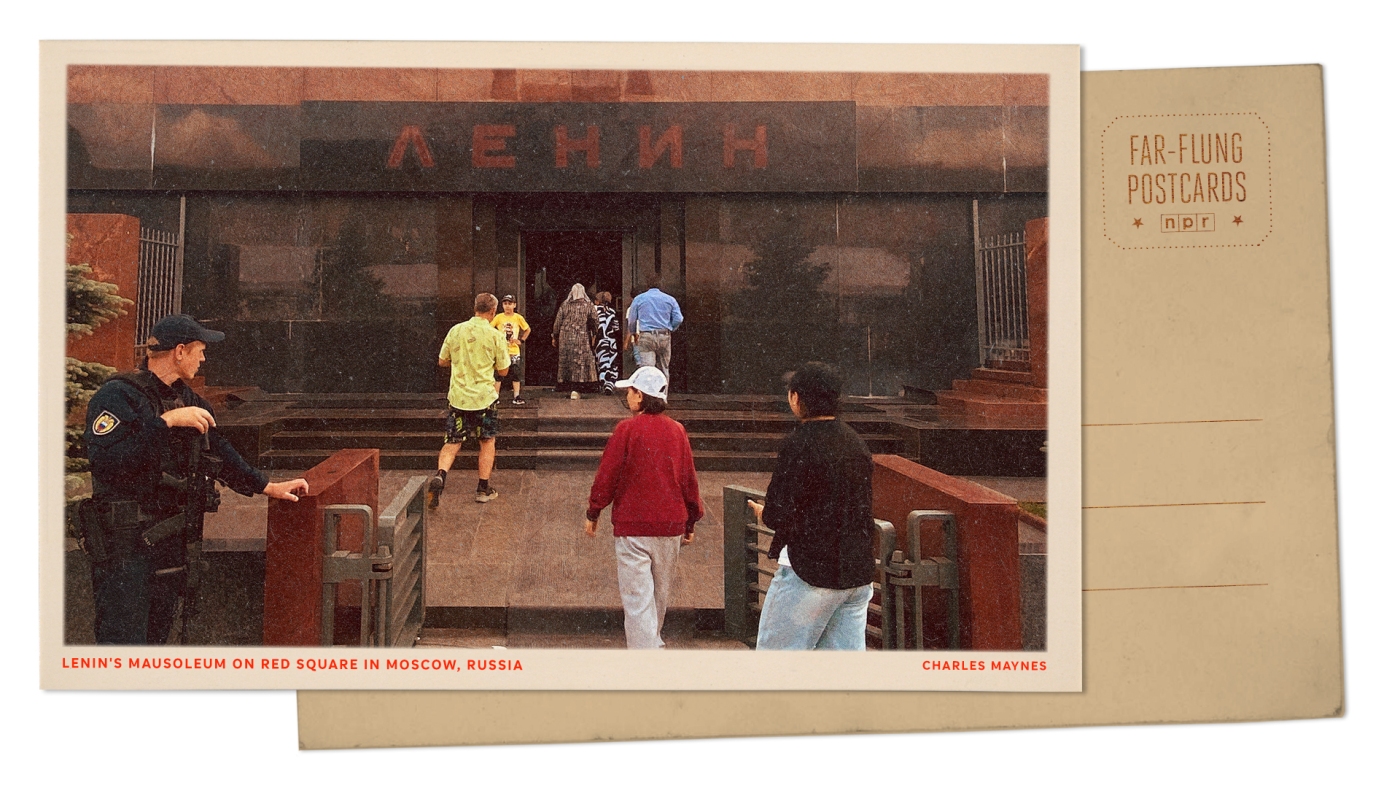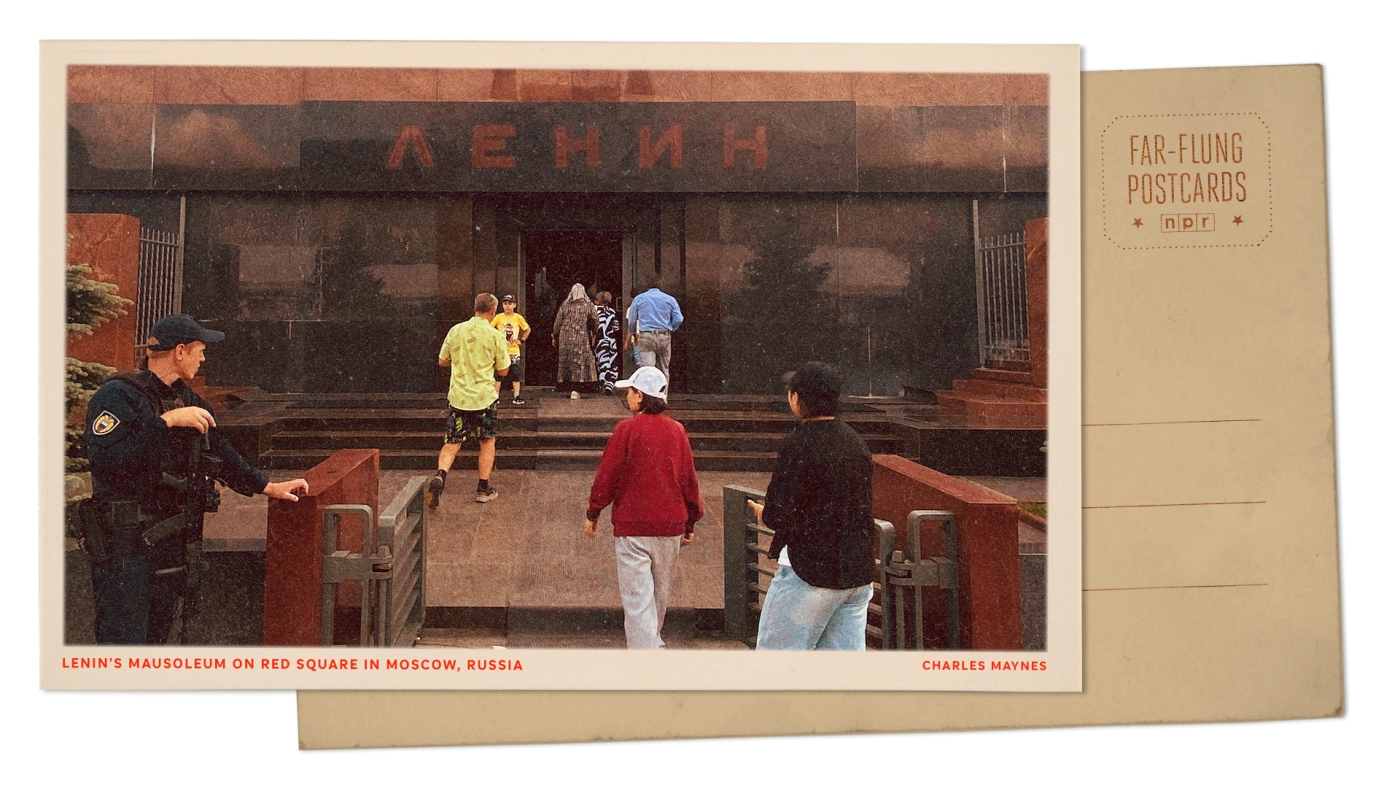The Resurgence of Lenin’s Mausoleum: A Symbol of Russia’s Uncertain Future
Introduction: A Monument in Flux
The towering presence of Lenin’s Mausoleum in Moscow’s Red Square has long been a focal point of historical and political discourse. This imposing structure, constructed from brown marble and granite, has stood as a silent witness to the ebb and flow of Russian history since its completion in 1930. Recently, however, the mausoleum has experienced a resurgence in public interest, driven by a confluence of factors that reflect the broader tensions within Russian society. The impending closure of the mausoleum for renovations, coupled with the persistent debate over Lenin’s final resting place, has sparked a renewed fascination with this enigmatic monument.
The Impending Closure and the Specter of Relocation
The primary catalyst for the recent surge in visitors is the announcement of the mausoleum’s closure for extensive repairs, scheduled to last until 2027. This temporary closure has ignited fears that it may be a prelude to a more permanent removal of Lenin’s body from Red Square. The idea of potentially losing the chance to see Lenin’s embalmed body has created a sense of urgency among visitors, prompting many to make a pilgrimage to the site before it closes.
The debate over whether to permanently remove Lenin’s body from Red Square is not new. It has been a contentious issue in Russia since the collapse of the Soviet Union. Proponents of removal argue that keeping Lenin’s body on display is an anachronism, a relic of a bygone era that no longer aligns with Russia’s contemporary values or aspirations. They contend that Lenin should be buried in a traditional cemetery, possibly alongside his mother in St. Petersburg, as they claim was his wish. However, the authenticity of this claim remains a subject of debate.
Opponents of removal, primarily those who still identify with communist ideals or view Lenin as a pivotal historical figure, argue that removing his body would be a betrayal of his legacy. They see the mausoleum as a symbol of Russian history, a testament to the revolutionary spirit that shaped the 20th century. The debate surrounding Lenin’s fate reflects a deeper struggle within Russian society—a conflict between those who seek to break with the Soviet past and those who wish to preserve certain aspects of it.
The Experience of Visiting Lenin’s Mausoleum
For those who venture into the depths of Lenin’s Mausoleum, the experience is often described as surreal and thought-provoking. After passing through stringent security checks, visitors descend into a dimly lit chamber where Lenin’s body lies encased in a glass sarcophagus. The atmosphere is solemn, almost reverential, with guards standing motionless to ensure silence and order.
The preservation of Lenin’s body has been an ongoing and elaborate undertaking since his death in 1924. A team of scientists and embalmers, known as the “Lenin Lab,” has worked tirelessly to maintain the body’s appearance. This process involves a complex and secretive combination of embalming fluids, climate control, and regular touch-ups. The ongoing preservation efforts highlight the symbolic importance attached to Lenin’s body, transforming it into a potent symbol of Soviet power and ideology.
Visitors are typically allowed only a few minutes to view the body, and photography is strictly prohibited. The experience is designed to be respectful and contemplative, encouraging visitors to reflect on Lenin’s life, his legacy, and the impact of the Russian Revolution. The silence and formality of the occasion contribute to the sense of historical significance, making it a memorable, if somewhat unsettling, experience.
The Enduring Appeal of Lenin
Despite the controversies surrounding his legacy, Lenin continues to hold a certain fascination for many Russians. For some, he remains a symbol of social justice, a revolutionary leader who fought for the rights of the working class and challenged the established order. Others view him as a complex historical figure, acknowledging his role in shaping the Soviet Union while also recognizing the darker aspects of his regime.
The mausoleum itself serves as a tangible link to the Soviet past, a reminder of a time when Russia was a global superpower and communism was a dominant ideology. For older generations, visiting Lenin’s tomb may evoke feelings of nostalgia or a sense of connection to their own personal histories. For younger generations, it may offer a glimpse into a past that is both intriguing and unsettling.
Moreover, the mausoleum remains a popular tourist attraction, drawing visitors from all over the world. For foreigners, the opportunity to see Lenin’s embalmed body is a unique and somewhat bizarre experience, offering a window into the peculiarities of Russian history and culture. The mausoleum has become a symbol of Russia itself, alongside other iconic landmarks such as the Kremlin and St. Basil’s Cathedral.
The Future of Lenin’s Legacy
The future of Lenin’s Mausoleum remains uncertain. While the upcoming renovations provide a temporary reprieve from the debate over his final resting place, the issue is likely to resurface in the years to come. The decision of whether to keep Lenin’s body on display or to bury him will ultimately depend on the political climate in Russia and the evolving attitudes of its people.
One possible outcome is that the mausoleum could be transformed into a museum, focusing on Lenin’s life and times, the history of the Russian Revolution, and the legacy of the Soviet Union. Such a transformation could provide a more nuanced and comprehensive understanding of this complex historical period, while also preserving the mausoleum as a significant cultural landmark.
Whatever the future holds, Lenin’s Mausoleum will undoubtedly continue to be a subject of debate and discussion, a reminder of the enduring power of history and the complexities of memory. It stands as a potent symbol of Russia’s past, a tangible link to the revolutionary fervor that shaped the 20th century.
An Enduring Enigma
The surge of visitors to Lenin’s Mausoleum, fueled by the impending closure and the uncertainty surrounding Lenin’s future, underscores the enduring power of symbols and the ongoing struggle to reconcile with the past. Whether perceived as a revolutionary hero or a tyrannical dictator, Lenin remains a figure of immense historical significance. His mausoleum, a silent sentinel on Red Square, continues to attract, provoke, and challenge, inviting us to contemplate the complex legacy of the man who changed the course of Russian history and the nation’s ongoing quest to define its identity.








